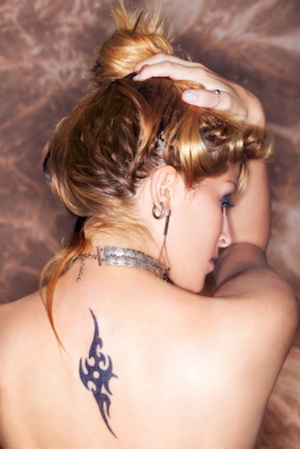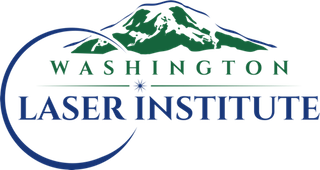Laser Tattoo Removal
 The regrets of an old tattoo have made laser tattoo removal very popular. Old tattoos fade and become unsightly. Whether a client wants the tattoo removed altogether and plans on having another one to replace it or simply wants it off, medical aesthetic centers will be the first to be contacted with the question- Do you do laser tattoo removal?
The regrets of an old tattoo have made laser tattoo removal very popular. Old tattoos fade and become unsightly. Whether a client wants the tattoo removed altogether and plans on having another one to replace it or simply wants it off, medical aesthetic centers will be the first to be contacted with the question- Do you do laser tattoo removal?
Clients out grow a hasty decision from their past. New employment opportunities may be limited for a tattooed applicant. Often interviewees present with a covered tattoo with a long sleeved shirt or high collar blouse for fear of job discrimination. Laser centers everywhere are incorporating laser tattoo removal in their services. Clients appreciate knowing their esthetician is knowledgable in laser tattoo removal and expect the best technology has to offer.
How Laser Tattoo Removal Works
The energy of the laser breaks up the ink in the skin into smaller particles allowing the bodies immune system to dissipate the smaller particles. The treatments are usually spaced 4 to 6 weeks apart depending on the quality of the tattoo. Amateur tattoos can be removed in less sessions that professional tattoos due to the depth and colored pigments used in the skin. Technology is diverse . There are different wavelengths for different tattoo color targets. The longer wavelengths lower the risk of hyperpigmentation or hypopigmentation. As with all laser treatments pre and post laser care must be stressed with every patient.
Q-Switched Laser Training
A Q -switched laser is a commonly used laser for tattoo removal. Q- switched means quality-switched. Q-switched laser technology is the gold standard for laser tattoo removal.
In order to effectively treat the tattoo ink and break it up under the skin, the Q-switching allows for high power pulsing of various repetitions rather than a continuous output of the laser energy. Many modern Q-switched lasers treat black, blue green and red tattoos.The Q-switched lasers are evolving in technology. It is important for the esthetician to learn on the latest technology. As the laser industry evolves, so does the patient results. Q-switched tattoo removal laser training allows the esthetician to understand the settings to individualize treatment options for the patients.
Other Uses of Q-switched Laser Technology
Vascular pigmented lesions respond well to the Q-switched laser technology. The vascular treatment demand has an annual growth rate of 25% and the Q-switched laser with its variable pulsing power makes it superior to older technology. The Q-switched Alexandrite laser for example can treat a full spectrum of benign pigmented lesions form solar lentigines to the basic freckle. With improved technology, the Q-switched lasers for pigment and tattoo removal allows for a true beam delivery that specifically targets tattoo ink and melanin at the same time minimizing surrounding tissue damage.


